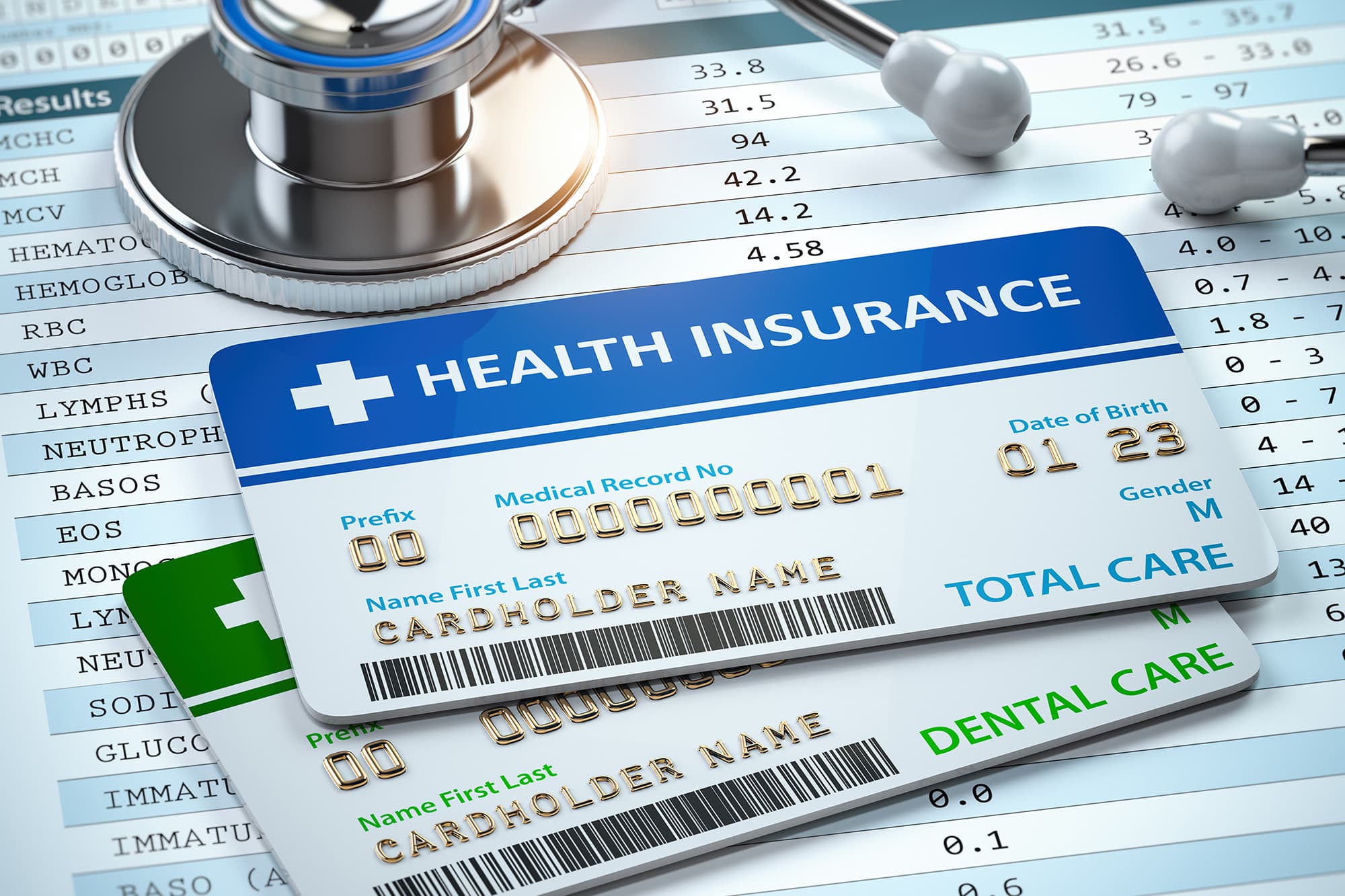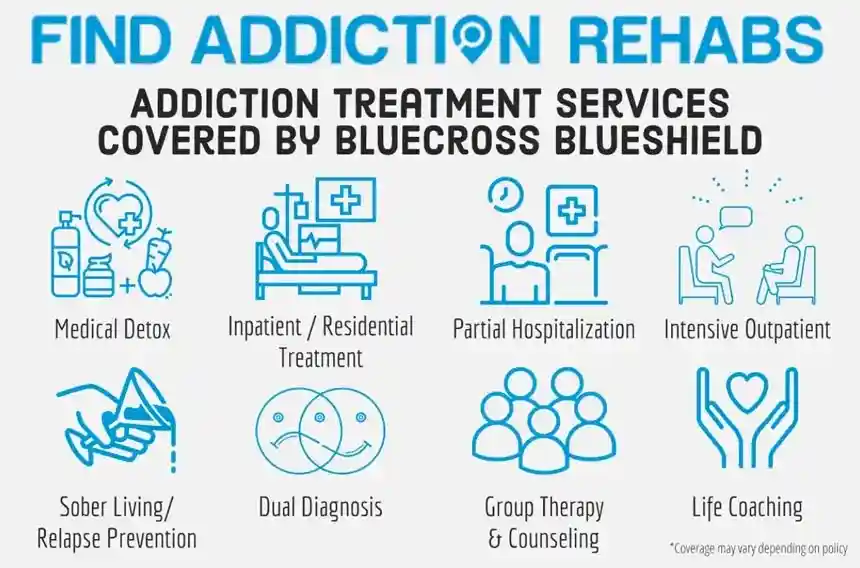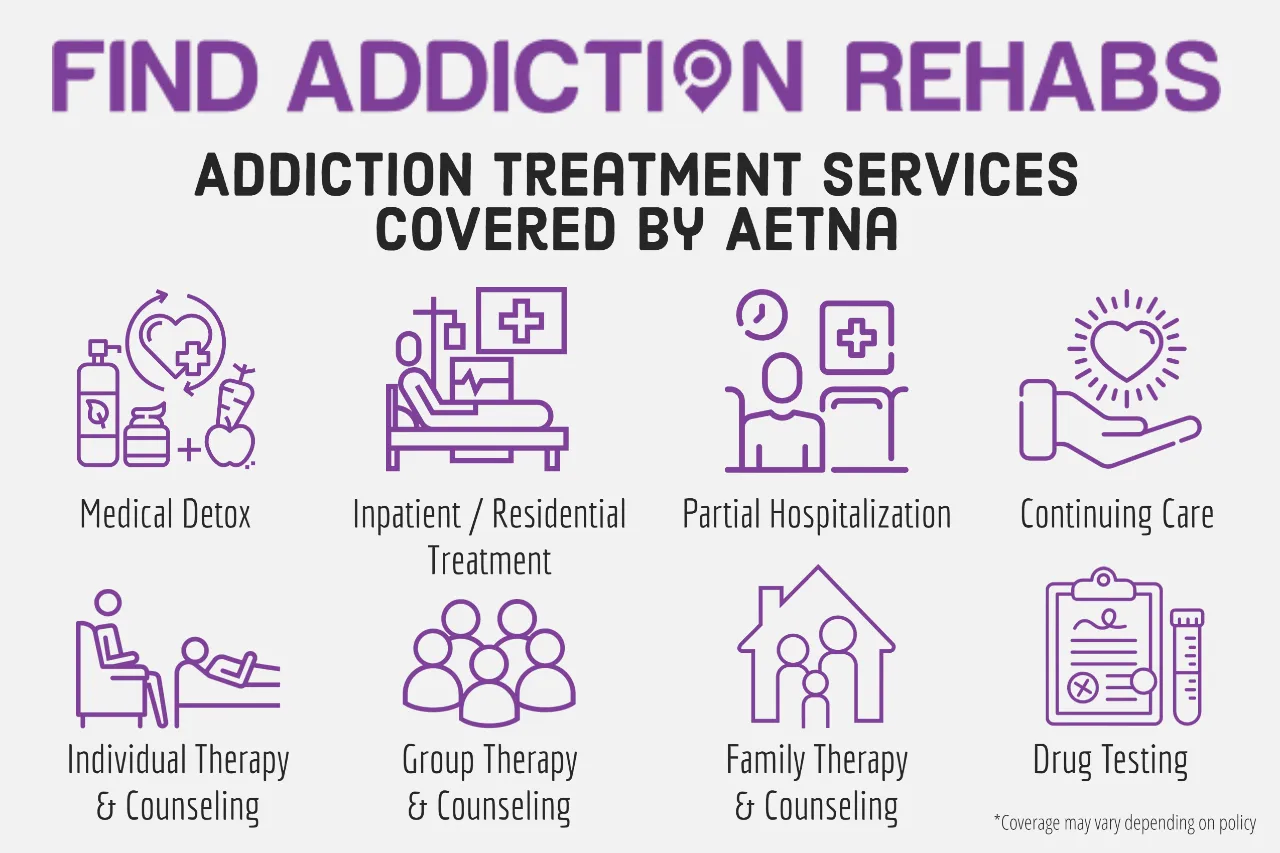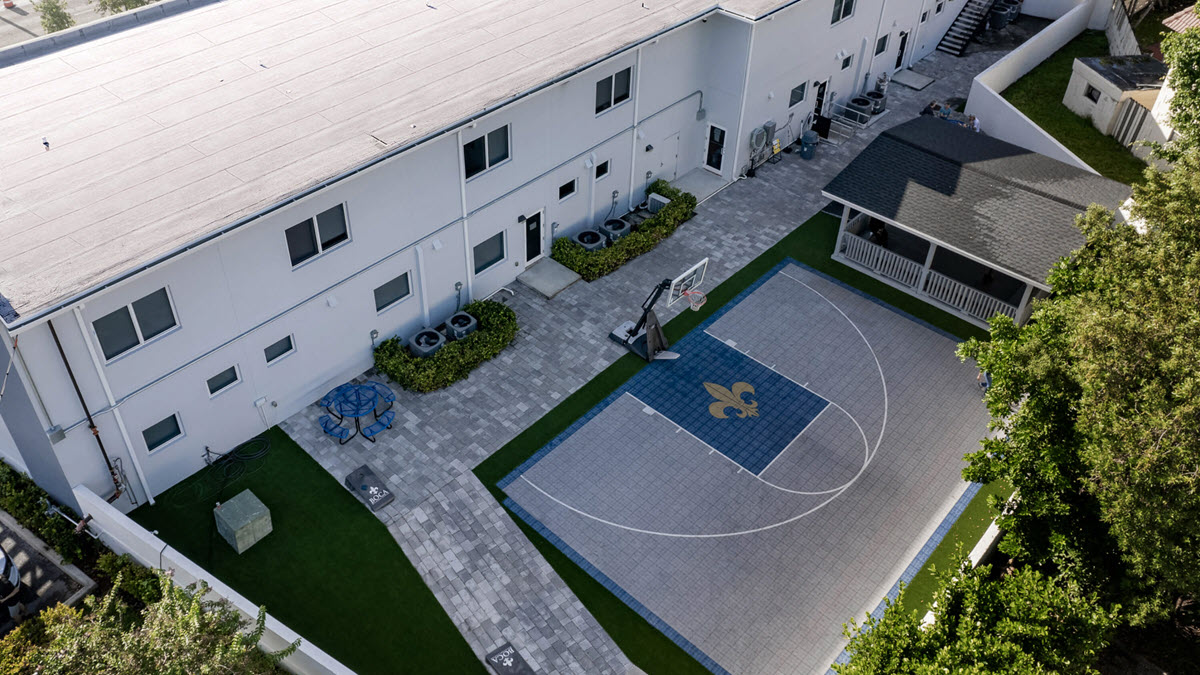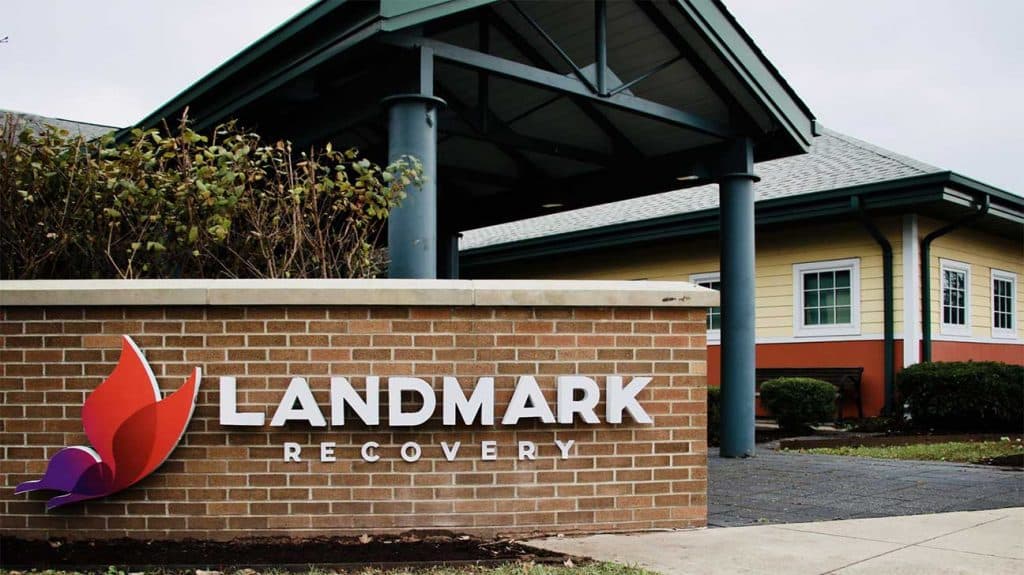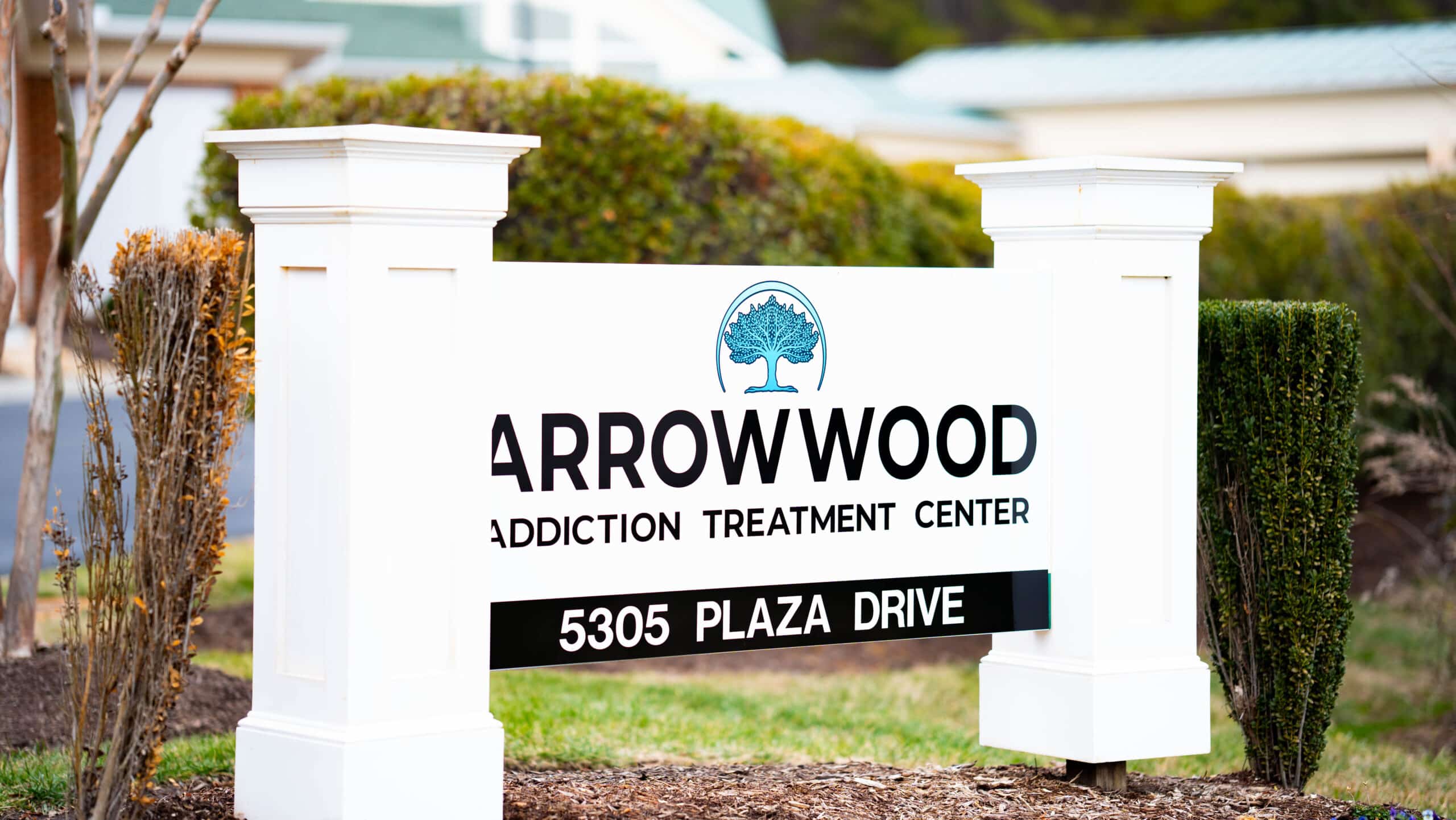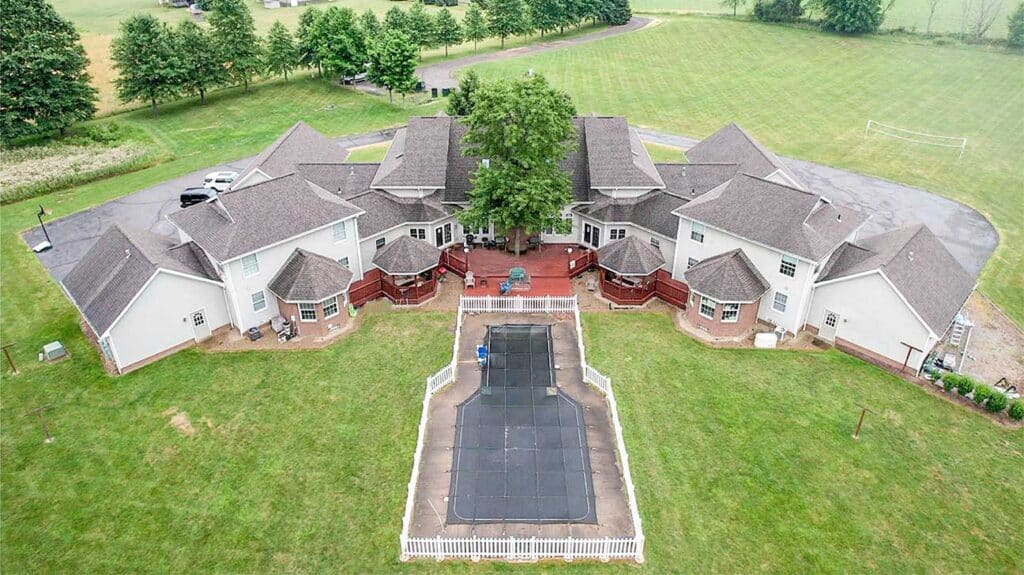
Finding Hope: Your Path to Vicodin Recovery Starts Here
Where can you find Vicodin rehab centers through multiple trusted resources:
- SAMHSA National Helpline: Call 1-800-662-4357 (24/7, free, confidential)
- FindTreatment.gov: Enter your ZIP code to locate nearby centers
- Behavioral Health Treatment Services Locator: Search by state and treatment type
- Buprenorphine Practitioner Locator: Find medication-assisted treatment providers
- Opioid Treatment Program Directory: Access specialized opioid addiction centers
- Your Insurance Provider: Contact them directly for in-network facility lists
- Your Primary Care Doctor: Request referrals to accredited rehab programs
The opioid crisis has touched millions of families. Vicodin, a painkiller with hydrocodone and acetaminophen, was once a common prescription. Though the brand name is discontinued, hydrocodone-based drugs remain among the most abused in the country.
Research shows addiction can develop in as little as 5 days. What starts as legitimate pain management can quickly become physical dependence. In 2015, an estimated 2 million people were addicted to prescription painkillers like Vicodin.
The good news? Recovery is absolutely possible.
Treatment centers nationwide offer evidence-based programs for opioid addiction, including medical detox, residential and outpatient rehab, medication-assisted treatment (MAT), and dual diagnosis care.
At Addiction Helpline America, we connect individuals with quality Vicodin addiction treatment resources. We understand how overwhelming it is to search for where can you find Vicodin rehab centers during a crisis. Our team provides confidential guidance to help you take the first step toward recovery.

Handy where can you find vicodin rehab centers terms:
- Emergency detox services
- How to find rehab programs that accept insurance
- How to find the right rehab center
Understanding Vicodin Addiction: Signs, Risks, and Withdrawal
Vicodin combines hydrocodone, a powerful opioid, with acetaminophen (Tylenol). While effective for pain, hydrocodone also triggers feelings of relaxation and euphoria. It acts as a central nervous system depressant, slowing body functions while providing relief.
This effect makes it highly addictive. Your body can build tolerance quickly, meaning you need more of the drug to get the same pain relief. This leads to physical dependence, where your body relies on Vicodin to function normally. When the drug is absent, withdrawal begins. This rapid progression is why so many people who start with a legitimate prescription find themselves searching for where can you find Vicodin rehab centers.

Signs and Symptoms of Vicodin Abuse
Recognizing Vicodin abuse can be difficult, as it often starts with legitimate pain management. Key signs include:
- Physical Symptoms: Persistent drowsiness, mental fog or confusion, and intense cravings.
- Behavioral Changes: Doctor shopping (visiting multiple doctors for prescriptions), neglecting responsibilities at work or home, and withdrawing from social activities. Financial issues may also arise as more money is spent on obtaining the drug.
Addiction is a disease that changes brain chemistry, not a moral failing. Understanding How to Tell if Someone is Using Drugs can help you spot these patterns. Our Addiction: A Choice? Analysis further explores this topic.
Dangers and Overdose Risks
Vicodin misuse is dangerous due to its two active ingredients. High doses of acetaminophen can cause severe, irreversible liver damage or failure. The FDA now limits acetaminophen in combination drugs to 325 mg per tablet to reduce this risk.
The hydrocodone component carries the risk of respiratory depression—slowed or stopped breathing that can lead to coma and death. This danger increases dramatically when Vicodin is mixed with alcohol or other sedatives, as they compound each other’s effects, making an accidental overdose far more likely. These risks are common across all opioids, which is why resources like the Heroin and Fentanyl Abuse Helpline are so important.
Vicodin Withdrawal Symptoms
Quitting Vicodin after dependence has formed is more than a matter of willpower. Withdrawal symptoms, which begin 6-12 hours after the last dose, are physical and psychological.
- Physical Symptoms: Severe flu-like symptoms, including intense muscle aches, nausea, vomiting, diarrhea, chills, and fever.
- Psychological Symptoms: Severe anxiety, agitation, insomnia, and overwhelming cravings.
While physical symptoms peak around day three and last about a week, psychological symptoms can linger for months. This is why attempting to quit alone often leads to relapse.
Medical detox is essential for a safe and successful withdrawal. In a supervised setting, healthcare professionals manage symptoms with medication, monitor vital signs, and provide a supportive environment. It is the crucial first step toward lasting recovery, as detailed in our Drug Detox Costa Mesa Complete Guide.
Comparing the Top 5 Vicodin Rehab Program Models
Finding the right treatment program is critical, as there is no one-size-fits-all solution. The best program depends on the severity of addiction, individual needs, and co-occurring conditions. Below, we compare the top 5 Vicodin rehab models. For a broader view, see our Top 10 USA Drug Rehab Centers.
| Program Model | Key Features | Ideal For | Typical Duration | Intensity |
|---|---|---|---|---|
| Inpatient/Residential | 24/7 medical supervision, structured environment, immersive therapy, peer support, no external distractions | Severe addiction, unstable home environment, co-occurring disorders, multiple relapses | 30-90 days, sometimes longer | High: Full-time commitment, living at the facility, intensive therapy |
| Outpatient (PHP/IOP) | Flexibility, live at home, attend scheduled therapy, access to personal responsibilities | Moderate addiction, stable home environment, step-down from inpatient, strong support system | Weeks to months (PHP more intensive than IOP) | Moderate to High: Several hours of therapy per day/week, but return home |
| Medication-Assisted Treatment (MAT) | FDA-approved medications (buprenorphine, naltrexone), counseling, behavioral therapies | Opioid use disorder, managing cravings and withdrawal, long-term recovery support | Variable, often long-term (months to years) | Variable: Can be integrated into inpatient or outpatient, requires ongoing medical supervision and therapy |
| Dual Diagnosis | Integrated treatment for addiction and co-occurring mental health disorders (e.g., depression, anxiety) | Individuals with both substance use disorder and mental health conditions | Varies depending on severity of both conditions | High: Addresses complex needs, often integrated into inpatient or intensive outpatient programs |
| Executive/Luxury | High-end amenities, privacy, focus on professionals, continued work access, holistic therapies | Professionals needing discretion and ability to work, high financial capacity | Similar to inpatient (30-90 days), with custom professional support | High: Intensive therapy with added amenities and professional considerations |
1. Inpatient/Residential Rehab
Inpatient rehab provides a 24/7 structured, trigger-free environment. It is ideal for severe Vicodin addiction, unstable living situations, or after multiple relapses. This immersive model includes constant medical supervision, individual and group therapy, and peer support, addressing all facets of addiction. Explore options like Rehab California Inpatient Treatment.
2. Outpatient Rehab (PHP & IOP)
Outpatient programs offer flexibility, allowing you to live at home while receiving treatment. This model works well for moderate addiction or as a step-down from inpatient care. Partial Hospitalization Programs (PHP) are more intensive (daily sessions), while Intensive Outpatient Programs (IOP) require fewer hours per week, accommodating work or school schedules. Find local options in our Southern California Rehab guide.
3. Medication-Assisted Treatment (MAT) Programs
MAT is an evidence-based approach combining FDA-approved medications like Buprenorphine and Naltrexone with counseling. These medications reduce cravings and withdrawal symptoms, helping to normalize brain chemistry so you can focus on therapy. MAT is a comprehensive approach, not just a substitute medication. Learn more from our Opioid Addiction Treatment Information and explore resources like Methadone Suboxone Clinics.
4. Dual Diagnosis/Co-Occurring Disorders Treatment
Many people with Vicodin addiction also have a co-occurring mental health disorder like depression or anxiety (a “dual diagnosis”). Effective treatment must address both conditions simultaneously. Integrated programs use therapies like Cognitive Behavioral Therapy to develop coping skills for both issues. It’s crucial to find Rehab Centers for Co-Occurring Disorders that offer this specialized care.
5. Executive and Luxury Rehab
These programs cater to professionals who need privacy and the ability to maintain some work responsibilities. They offer high-end amenities, private rooms, and individualized care in a discreet setting. While comfortable, they provide rigorous, evidence-based therapy. Our Executive Rehab Costa Mesa Guide offers insights into these types of programs.
Where Can You Find Vicodin Rehab Centers? A Step-by-Step Guide
Starting your journey to recovery begins with a single, crucial question: where can you find Vicodin rehab centers that will truly meet your needs? While the search can feel overwhelming, quality treatment is more accessible than you might think. Government resources like FindTreatment.gov and SAMHSA’s Behavioral Health Treatment Services Locator are confidential, free, and available 24/7.
There’s no “wrong” way to begin—what matters is taking action. For more guidance, SAMHSA’s Finding Quality Treatment for Substance Use Disorders Guide is an excellent resource.
How to start your search for where can you find Vicodin rehab centers
You have several reliable starting points for your search. Consider which approach feels most comfortable for you.
- Contact Addiction Helpline America: Our team offers free, confidential guidance. We can help you steer our extensive network of quality rehab facilities and find a program that fits your needs.
- Call the National Helpline (1-800-662-4357): This 24/7 resource provides immediate support and referrals for substance use and mental health disorders.
- Use Online Locators: Websites like FindTreatment.gov and SAMHSA’s locator allow you to search for care by location and treatment type.
- Consult Your Doctor: Your primary care physician can provide referrals to trusted treatment centers and specialists based on your medical history. This is a key step discussed in our guide on Getting Someone Into Rehab.
- Check With Your Insurer: Your insurance provider can give you a list of in-network facilities, which is a practical first step to understanding your costs.
What to look for when deciding where can you find Vicodin rehab centers
Once you have a list of potential centers, evaluate them based on these key criteria to ensure high-quality care.
- Accreditation and Licensing: Look for accreditation from The Joint Commission or CARF. This signifies that the facility meets high standards for safety and care. Staff should also be licensed and certified.
- Evidence-Based Therapies: Effective programs use scientifically proven methods like Cognitive Behavioral Therapy (CBT), Dialectical Behavior Therapy (DBT), and Motivational Interviewing (MI).
- Individualized Treatment Plans: Avoid one-size-fits-all programs. A quality center will assess your unique history, needs, and goals to create a customized plan.
- Comprehensive Care: The best centers offer more than just therapy. Look for medication-assisted treatment (MAT), dual diagnosis care, and holistic options.
- Aftercare Planning: Recovery is a lifelong process. A good program will help you create a plan for ongoing support, such as sober living, support groups, or continued therapy, from day one.
For more on treatment approaches, explore our comprehensive page on Vicodin Addiction Treatment. Asking the right questions will help you find the perfect program.
Navigating the Cost of Vicodin Addiction Treatment
Money worries shouldn’t stand between you and recovery. We know that thinking about the cost of treatment can feel overwhelming, but treatment options exist for every budget, and we’re here to help you steer them.

Costs vary based on the type of program, duration, and services needed. At Addiction Helpline America, we help people find where can you find Vicodin rehab centers that fit their budget. Our How Much Do Rehab Centers Cost? guide provides a detailed breakdown.
Using Insurance for Rehab
If you have health insurance, it likely covers addiction treatment. The Affordable Care Act (ACA) and federal parity laws mandate that substance use disorders receive coverage comparable to physical health conditions.
It’s crucial to verify your benefits by calling your insurer. Ask about your deductible, co-pays, and whether pre-authorization is needed. The difference between in-network (lower cost) and out-of-network providers is significant. PPO plans offer more flexibility, while HMO plans often require you to use their network.
We can help. Addiction Helpline America offers a free, confidential insurance verification service. We’ll clarify your coverage and connect you with in-network facilities that meet your needs.
Finding Low-Cost or Free Options
If you’re uninsured or underinsured, you still have excellent options for affordable care.
- State-Funded Programs: Government grants provide low-cost or free treatment to eligible residents.
- Non-Profit Organizations: These centers are funded by donations and community support, offering evidence-based care at a reduced price.
- Sliding Scale Fees: Many facilities adjust their fees based on your income.
- Payment Plans: Most centers allow you to finance the cost of treatment over time.
Our guides to Free Rehab Centers Near Me and Free Methadone Clinics Near Me can help you locate these resources. When you call us, we’ll help you find a program that works with your financial reality.
Frequently Asked Questions About Vicodin Rehab
When families and individuals start searching for where can you find Vicodin rehab centers, certain questions come up again and again. We’ve answered hundreds of these calls at Addiction Helpline America, and we want to share the most common concerns—along with honest, practical answers.
How long does Vicodin addiction treatment last?
There is no set timeline for recovery; treatment length is custom to your individual needs. Generally, medical detox lasts 7 to 14 days. Inpatient programs typically run for 30, 60, or 90 days, with research showing that 90 days or more offers the best long-term outcomes. Outpatient programs are more flexible in duration. The goal is to move through a continuum of care, stepping down in intensity as you gain stability. Your progress, not the calendar, determines the right length of stay.
What is the difference between Vicodin detox and rehab?
Detox and rehab are two distinct but equally vital stages of recovery.
- Detox is the first step, focused on physical healing. In a medical setting, professionals help you safely manage withdrawal symptoms over 7-14 days. It stabilizes your body so you can begin the deeper work of recovery.
- Rehab addresses the psychological aspects of addiction. Through therapy, you learn why you became addicted and develop the coping skills needed for long-term sobriety.
Detox prepares your body for rehab, and rehab equips your mind for lifelong recovery. For more guidance on navigating the initial phase safely, our Drug Detox Costa Mesa Complete Guide offers detailed information about what medical detox entails.
Can I attend rehab virtually?
Yes—and for many people, virtual rehab has been a game-changer. Many facilities now offer individual and group therapy sessions via secure video platforms, and some provide complete virtual Intensive Outpatient Programs (IOPs).
The advantages are real. Virtual rehab eliminates geographical barriers and offers flexibility for work or family commitments. However, it isn’t right for everyone. It requires a supportive home environment and is not suitable for those needing medical detox or with severe addiction. Our Virtual Rehab page explores these considerations in depth, helping you determine whether remote treatment aligns with your situation.
Conclusion
You’ve made it to the end of this guide, and that alone says something powerful about your determination. Whether you’re here for yourself or someone you love, the fact that you’re seeking answers about where can you find Vicodin rehab centers is a meaningful first step toward healing.
Recovery is absolutely possible. Thousands of people who once felt trapped by Vicodin addiction are living full, healthy, joyful lives today. They took that first scary step, just like you’re doing right now.
We’ve equipped you with practical tools to start your search, showing you how to use national helplines, online treatment locators, and trusted resources to find quality care. We’ve also tackled the financial concerns that so often stand in the way, highlighting that affordable and even free treatment options exist.
Recovery is a long-term commitment that requires ongoing support and a solid plan for relapse prevention. Our guide on How to Prevent Relapse offers practical strategies to help you maintain the progress you’ve worked so hard to achieve.
You don’t have to do this alone. At Addiction Helpline America, we’ve spent years building relationships with trusted treatment centers across the country. Our mission is to provide free, confidential, personalized guidance that connects you with the right recovery program for your unique situation.
Our experienced recovery advocates are standing by to answer your questions, verify your insurance benefits, and help you take that crucial next step. If you or someone you care about is in crisis or needs immediate assistance, please reach out to our Emergency Substance Abuse Hotline. Help is available right now, and recovery can start today.
Our helpline is 100%
free & confidential
If you or someone you care about is struggling with drug or alcohol addiction, we can help you explore your recovery options. Don’t face this challenge alone—seek support from us.
Programs
Resources
Will my insurance
cover addiction
treatment?
We're ready to help
Find the best
drug or alcohol treatment
center
Are you or a loved one struggling with addiction? Call today to speak to a treatment expert.



